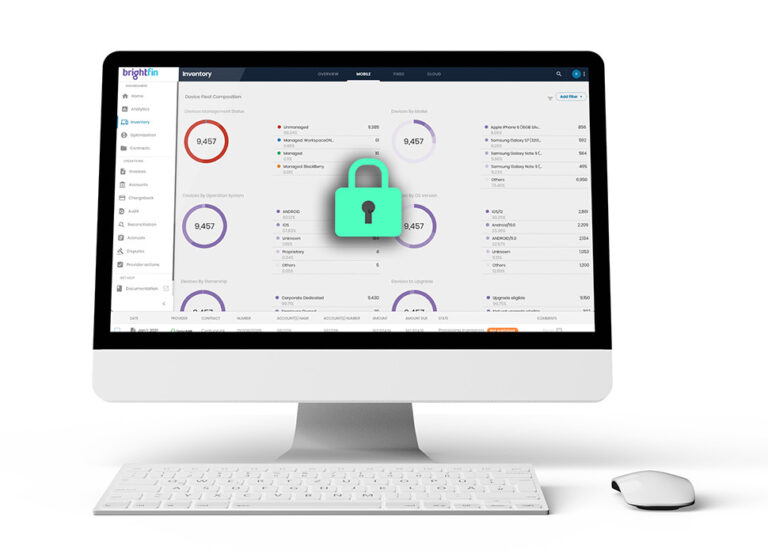The occurrence of shadow IT puts companies in a vulnerable security position as it increases the chances of potential cyber-attacks. In addition to this, shadow IT can also lead to wasted time and financial loss within the company. There are many ways to manage and eliminate the risks associated with shadow IT. In this article, we’ll discuss how the implementation of Mobile Device Management (MDM) solutions can assist in eliminating shadow IT for good.
Access Control
It’s important for corporate IT departments to have control over which technologies are used on the company’s network. It’s the IT department’s duty to ensure that all technologies used within the workplace are secure, effective, and operate within legal boundaries. However, with the rise in usage of cloud-based technologies and BYOD in the workplace, it’s becoming more difficult for IT departments to maintain control and perform their duties successfully.
This is where MDM solutions can come in handy. MDM software has the ability to allocate different levels of access to different users. For example, the CIO can be granted access to a wider variety of functions than a general employee, ensuring that the latter will not be able to install any applications or other software without proper approval from the IT department.
Containerization
Employees may turn to shadow IT because it’s more convenient for them to use tools they are familiar with. In this case, employees’ need for freedom needs to be respected while maintaining corporate asset security and safety. MDM software has the ability to containerize business data and apps from personal data and apps.
With containerization, the IT department can fully control corporate resources on mobile devices, including installation, modification, monitoring, restriction, deletion, and even remote wipe, while leaving employees’ personal data and applications intact.
Network Monitoring
MDM solutions equip IT admins with the ability to monitor device network usage continuously. This helps them to identify and act on any security breach attempts remotely. It is recommended that the network be monitored for new and unknown devices on a regular basis. The most practical way to achieve this is to incorporate network monitoring into routine vulnerability scanning.
Another effective way of monitoring the network would be to analyze the log data from firewalls, proxies, and MDM software. This will give insight into which cloud-based services are being used outside of the IT department’s scope, as well as who is using them and how regularly data is uploaded or downloaded.
Convenient Device Administration
MDM solutions have created a convenient way for IT admins to handle all device administration and security for different OS-type devices from a single platform. Security options include:
- Automated registration of staff members together with their personal devices
- Automated assignment of guidelines that are specific to BYOD
- Installation and removal of mobile apps
- Encryption of data
- Granting or denying permission to access data and apps
- Geo-fencing (both single and multiple)
- Locking and unlocking of devices
- Administration of user profiles
- Configuration of email accounts
Automated Registration
MDM solutions are often equipped to be able to accommodate corporate device registrations. As such, users of a mobile device can be sent an email message that enables them to register their smartphone and then gain access to the applications they want. This eliminates the need to share a protected key that could result in serious disruption if it falls into an adversary’s hands.
The procedure also removes the IT department from the burden of having to manually register every single user’s new device in order for them to gain access to their email inbox.
Conclusion
Employees are not always aware of the serious risks that shadow IT poses to company security. The implementation of MDM solutions is an effective way of mitigating these risks. It allows IT departments to take back control of the technologies used in companies and enables them to ensure the integrity of data without negatively influencing employees’ productivity.



